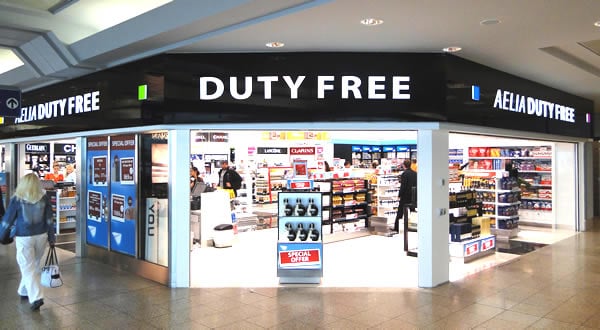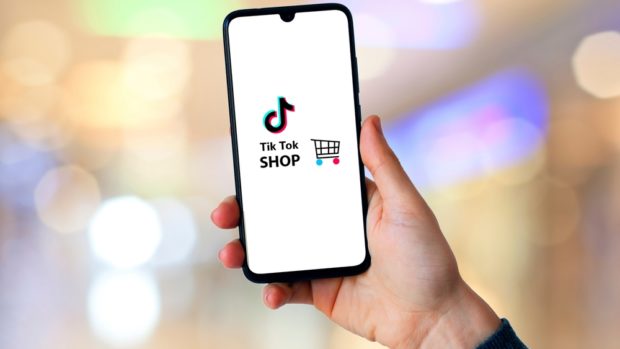
Shopping via social networks is gaining traction with UK
consumers, if a recent study by eDigitalResearch and IMRG is to
go by. It found that out of 2,000 survey respondents, 15 per cent
had been influenced to make a purchase through adverts, groups
and discussions on social networking sites. Further, 4 per cent of
respondents had bought directly from a Facebook store. Although
the figure is small, Derek Eccleston, research director at
eDigitalResearch, believes it is significant: “The fact
that almost 4 per cent of UK consumers have already made a
purchase directly through Facebook, despite there only being a
limited number of Facebook stores, indicates the extent at which
consumers are eager to use emerging channels to browse and
shop.” He adds that “it is important that retailers
put into place the necessary steps to facilitate
this.”
Turning fans into customers
Among UK retailers, apparel etailer ASOS claims to have been the
first to launch a transactional Facebook store, in January 2011.
Since then, sportswear retailer JD Sports, nursery products
etailer Kiddicare, and British fashion brand Lyle & Scott, among
others, have all gone live with F-commerce capabilities. What’s
more, a report by eCommerce platform provider ChannelAdvisor
found that apparel retailers are leading the way on Facebook when
it comes to turning customers into fans. Topshop has more than
1,400,000 fans, with New Look, River Island, ASOS, Next, and
Net-a-Porter making up the rest of the top six.
When you factor in data from Experian Hitwise that estimates each
new fan on Facebook drives 20 additional visits to a retail
website, growing the Facebook fan base certainly seems like a
wise marketing move. Experian Hitwise monitored UK internet
visits to the top 100 retailers online and benchmarked that data
against the number of Facebook fans each of those retailers had.
Aggregating the data over a 12-month period showed retailers
would receive an extra 20 visits for each additional fan
acquired. It also estimated that the top retailers, even if they
have no fans, can expect to receive 62,000 visits from Facebook
each month.
But before you jump in with a Facebook store in a bid to turn
that extra traffic into sales, consider this from Forrester
Research. Data collected by Forrester and Shop.org for two years
showed that social networks “fail to drive meaningful
revenue… have questionable ROI, and are generally ineffective
as customer acquisition tools.” Forrester estimates that
Facebook stores account for less than 1 per cent of revenue for
retailers with a well-established online presence.
Test and measure
With so many conflicting reports as to the value of a fan, or the
real revenue driven by the social network, Debra Ellis of Wilson
& Ellis Consulting, warns against becoming seduced by Facebook.
“The time may come that F-commerce is the people’s choice
for online shopping. Until then, smart marketers are testing the
waters without investing heavily in something that may never be a
viable business model,” she says.
Ellis’s advice is to measure and be aware of what those metrics
mean. “Track your sales so you can effectively budget
future investments. Track your customers to measure the effect of
social networking on lifetime value and lifespan.” The key
word, as usual, is test. “If you have an active Facebook
fan base, you should definitely test F-commerce but don’t shoot
yourself in the foot when you do it.”








Share